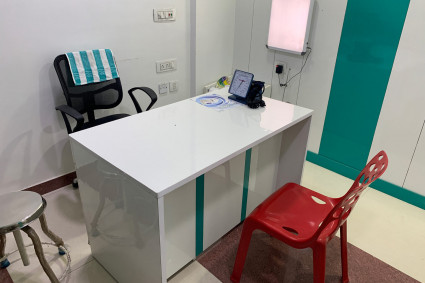
Parkinson’s disease (PD) is a motor disease. It affects how your brain controls movement. The brain stops making enough dopamine. Dopamine helps you move smoothly. When dopamine levels drop, you may feel stiff. You might move slowly. Your hands may shake. This shaking of the hands is a common early sign.
People with PD disease often have balance problems. They may fall more often. Muscles get tight. Walking becomes harder. These symptoms get worse over time. But the right exercises can help. They won’t cure Parkinson’s. But they can make daily life easier.
Why Exercise Matters in Parkinson’s
Exercise can’t stop Parkinson’s. But it helps slow down symptoms. Moving your body helps increase dopamine levels in your brain. It also keeps your muscles strong. You’ll walk better. You’ll feel more steady. Exercise can also help with non-motor symptoms like sleep, mood, and thinking problems.
Simple Exercises That Help
These exercises don’t need fancy equipment. Most can be done at home. Always talk to your neurologist before starting. If you’re in New Delhi, find a neurologist in New Delhi who understands Parkinson’s.
1. Walking
Walk every day, even indoors.
Keep your steps big and steady.
Swing your arms.
Look ahead, not at the ground.
Why it helps: Improves balance, posture, and leg strength.
2. Marching in Place
Stand tall.
Lift your knees high.
March slowly for one minute.
Hold a chair if needed.
Why it helps: Helps your brain control leg movement and rhythm.
3. Heel-to-Toe Walking
place of other put one foot directly
Try to walk in a straight line.
Use a wall for support.
Why it helps: Improves balance and walking coordination.
4. Seated Leg Lifts
Sit on a firm chair.
Slowly lift one leg.
Hold for 3 seconds.
Lower it. Repeat with the other leg.
Why it helps: Builds strength in your legs for standing and walking.
5. Neck and Shoulder Rolls
Gently roll your shoulders back and forward.
Turn your neck side to side.
Why it helps: Loosens stiff muscles. Eases upper body tension.
6. Tai Chi or Yoga (Modified)
Try slow, controlled movements.
Focus on breathing and balance.
Why it helps: Improves focus, posture, and body control.
7. Boxing-Style Movement
Not real boxing—just the moves.
Throw slow punches in the air.
Keep your feet planted or move side to side.
Why it helps: Builds strength, coordination, and quick thinking.
8. Stretching
Stretch your arms overhead.
Bend to each side.
Stretch your legs and back.
Why it helps: Keeps your body flexible. Helps you move more easily.
Tips to Stay Safe While Exercising
Use a chair or wall for support.
Don’t rush.
Stop if you feel dizzy or tired.
Drink water.
Wear shoes with good grip.
Do short sessions—10 to 20 minutes is fine.
When to See a Doctor
If walking gets harder, or you fall often, talk to your doctor. If you’re not sure which exercises are safe, ask a neurologist in New Delhi. They may also suggest physical therapy.
You should also ask for help if:
Your tremors get worse.
You feel stiff all the time.
You lose your balance without warning.
You feel weak or tired after light activity.
Final Thoughts
Exercise can’t fix the brain issues caused by Parkinson’s. But it helps you stay in control. It keeps your body moving. It helps your brain make better use of the dopamine it has left. With the right plan, you can move better, feel stronger, and stay more independent.
Don’t wait to start. For real difference, you can give some of minute of your daily routine.




